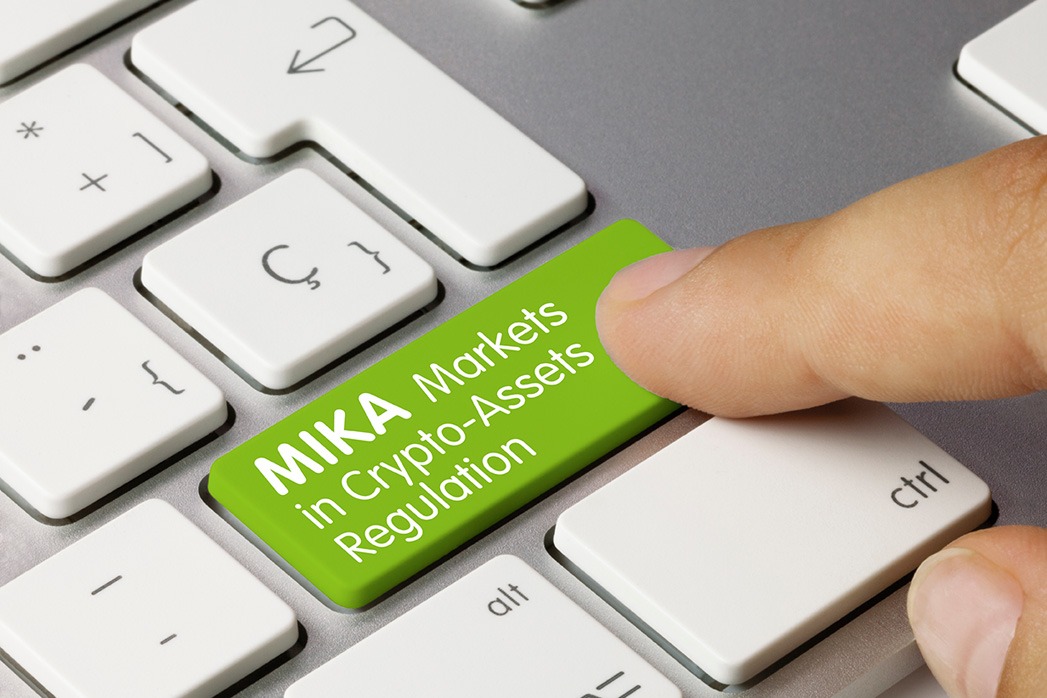MiCA Phase Two: How Firms Are Preparing for the First EU Licensing Audits
“Compliance is no longer optional — it’s operational.” – DNA Crypto Knowledge Base.
Europe has entered Phase Two of the Markets in Crypto-Assets Regulation (MiCA), marking a pivotal shift from registration to verification. The EU’s first wave of licensing audits for Virtual Asset Service Providers (VASPs) is now underway — a defining moment for Europe’s digital asset industry.
MiCA Phase Two is about proof, not promises. Regulators are moving beyond declarations and documentation to demand evidence — systems that work, records that hold up, and governance that withstands scrutiny.
Learn more: MiCA and Investor Protections
Verification Over Registration
MiCA’s second phase brings a deeper layer of accountability.
Auditors are reviewing not just whether VASPs are licensed, but how they operate:
– How clients are onboarded and verified
– How transactions are tracked and stored
– How custody is managed under MiCA’s segregation rules
– How firms detect, escalate, and report suspicious activity
Regulators are now examining decision-making, data handling, and risk frameworks — turning compliance into a live, ongoing process rather than a checklist exercise.
Explore: MiCA Licensing Explained
DNA Crypto: Audit Readiness in Action
A standout example of MiCA audit readiness is DNA Crypto, a VASP-licensed brokerage based in Poland.
Rather than treating compliance as a formality, DNA Crypto has built a verification-first culture — one that views audits not as an obstacle but as a strategic advantage.
The firm has invested in:
– Integrated KYC/AML systems aligned with both national and EU standards
– Internal audit simulations mirroring regulatory inspection frameworks
– Legal and regulatory partnerships to interpret evolving MiCA guidelines
– Automated transaction monitoring with escalation and case-tracking systems
DNA Crypto’s approach is proactive, not reactive — embedding resilience and transparency at every operational level.
Lessons for the Industry
For firms still preparing for an audit, DNA Crypto’s model offers a practical roadmap:
– Start early — MiCA’s depth demands months of preparation.
– Document everything — Regulators want evidence, not intentions.
– Engage locally — National regulators interpret MiCA differently; relationships matter.
– Simulate audits — Internal reviews reveal weaknesses before regulators do.
– Invest in technology — Scalable compliance requires automation, not manpower alone.
Read: DeFi and MiCA Regulation
Why It Matters
MiCA Phase Two isn’t just a compliance exercise — it’s a test of credibility and sustainability.
Firms that pass will gain a lasting edge through trust, transparency, and institutional recognition.
Audit readiness now defines leadership in the European digital asset market. DNA Crypto exemplifies how regulatory strength can become a growth engine, embedding compliance into its DNA — literally and strategically.
More: Global Impact of MiCA
Image: Adobe Stock
Disclaimer: This article is for informational purposes only and does not constitute legal, tax, or investment advice.












